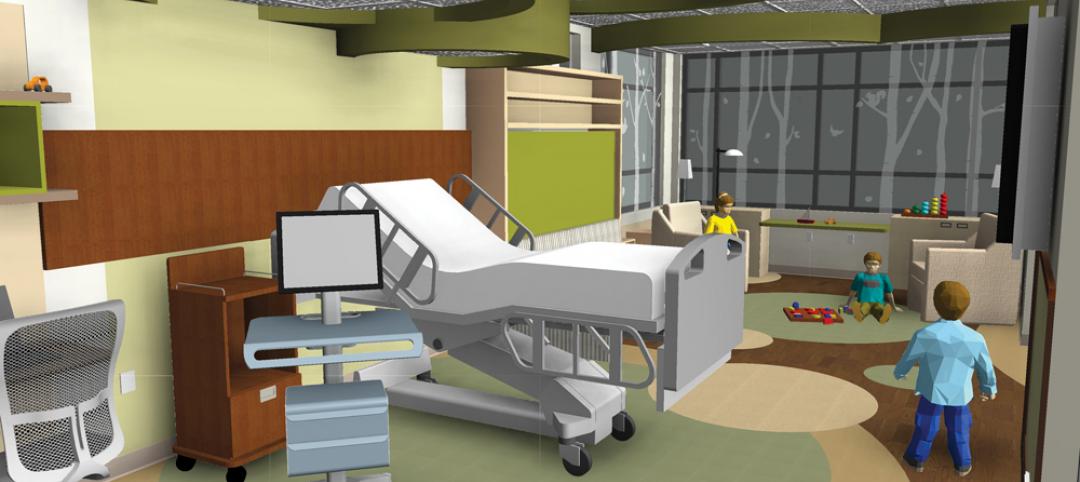Since entering the hospitality scene in 2008, Airbnb has evolved from a trendy upstart to a full-on disruptor. The online marketplace now enables people to list, discover, and book accommodations in nearly 200 countries around the world.
This new kid on the hospitality block is actually an extension of a long-standing tradition of lodging alternatives that range from renting villas in Italy to choosing timeshare properties in Florida.
“Airbnb is taking what has always been out there, localizing it, and bringing properties together in a way that provides a streamlined alternative for travelers,” says Nunzio DeSantis, FAIA, LEED AP, Director of the HKS Hospitality Group in Dallas.
Though Airbnb’s home-sharing units represent less than 3% of revenue in the overall hotel industry, the online marketplace continues to grow exponentially each year. And the hospitality industry can’t help but take notice.
“As in any industry, choice often compels people to make changes and to stop taking things for granted,” says Keith Simmel, AIA, LEED AP, Principal of the Hospitality Studio at Cooper Carry in Atlanta. “If Airbnb helps hotel brands to up their game and make decisions that help people land at their properties, then it’s ultimately good for the overall industry.”
No doubt, Airbnb—and the numerous variations it has spawned—is well positioned to attract future generations of business and leisure travelers.
“People are willing to embrace the messiness of an Airbnb because they’re getting a more flexible, locally relevant experience,” says Caleb Mulvena, Principal at Mapos in New York. “If the larger hotel players can tap into that sense of messiness and adventure, but layer on a level of service that you don’t necessarily get with Airbnb, that will be something that’s really powerful.”
Related Stories
| Nov 15, 2013
Greenbuild 2013 Report - BD+C Exclusive
The BD+C editorial team brings you this special report on the latest green building trends across nine key market sectors.
| Nov 15, 2013
Pedia-Pod: A state-of-the-art pediatric building module
This demonstration pediatric treatment building module is “kid-friendly,” offering a unique and cheerful environment where a child can feel most comfortable.
| Nov 13, 2013
Installed capacity of geothermal heat pumps to grow by 150% by 2020, says study
The worldwide installed capacity of GHP systems will reach 127.4 gigawatts-thermal over the next seven years, growth of nearly 150%, according to a recent report from Navigant Research.
| Nov 8, 2013
Oversized healthcare: How did we get here and how do we right-size?
Healthcare facilities, especially our nation's hospitals, have steadily become larger over the past couple of decades. The growth has occurred despite stabilization, and in some markets, a decline in inpatient utilization.
| Nov 6, 2013
Green hotel trends: Industry expands its sustainability focus beyond laundry
There’s more to creating a sustainable hotel than saving water and power by asking guests to reuse their towels.
| Oct 30, 2013
15 stellar historic preservation, adaptive reuse, and renovation projects
The winners of the 2013 Reconstruction Awards showcase the best work of distinguished Building Teams, encompassing historic preservation, adaptive reuse, and renovations and additions.
| Oct 30, 2013
11 hot BIM/VDC topics for 2013
If you like to geek out on building information modeling and virtual design and construction, you should enjoy this overview of the top BIM/VDC topics.
| Oct 28, 2013
Urban growth doesn’t have to destroy nature—it can work with it
Our collective desire to live in cities has never been stronger. According to the World Health Organization, 60% of the world’s population will live in a city by 2030. As urban populations swell, what people demand from their cities is evolving.
| Oct 18, 2013
Researchers discover tension-fusing properties of metal
When a group of MIT researchers recently discovered that stress can cause metal alloy to fuse rather than break apart, they assumed it must be a mistake. It wasn't. The surprising finding could lead to self-healing materials that repair early damage before it has a chance to spread.
| Sep 24, 2013
8 grand green roofs (and walls)
A dramatic interior green wall at Drexel University and a massive, 4.4-acre vegetated roof at the Kauffman Performing Arts Center in Kansas City are among the projects honored in the 2013 Green Roof and Wall Awards of Excellence.

















